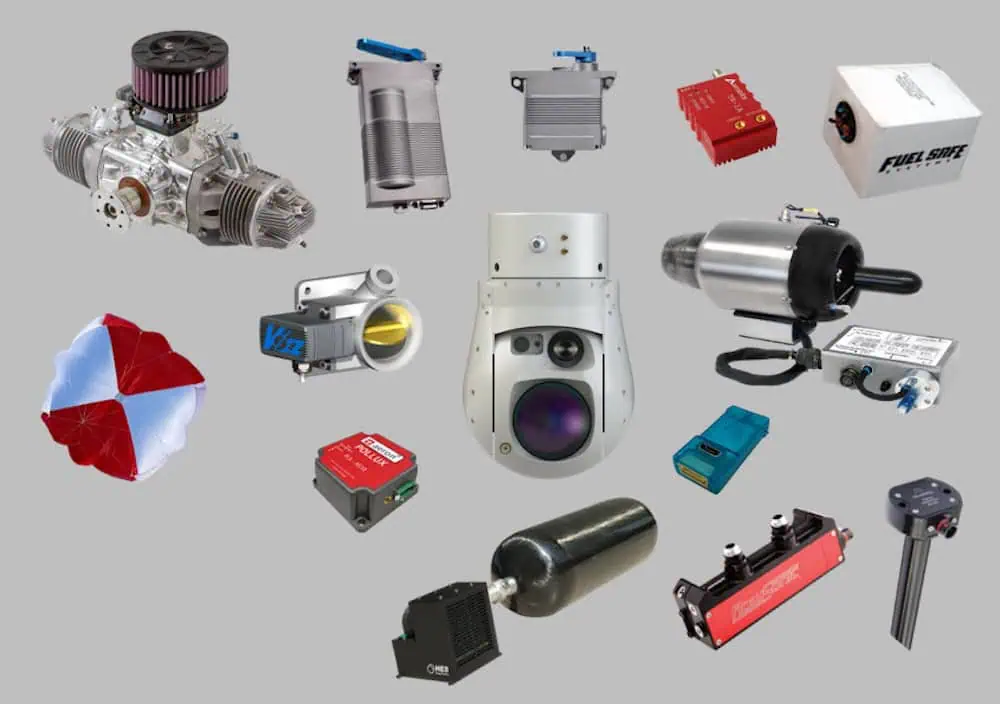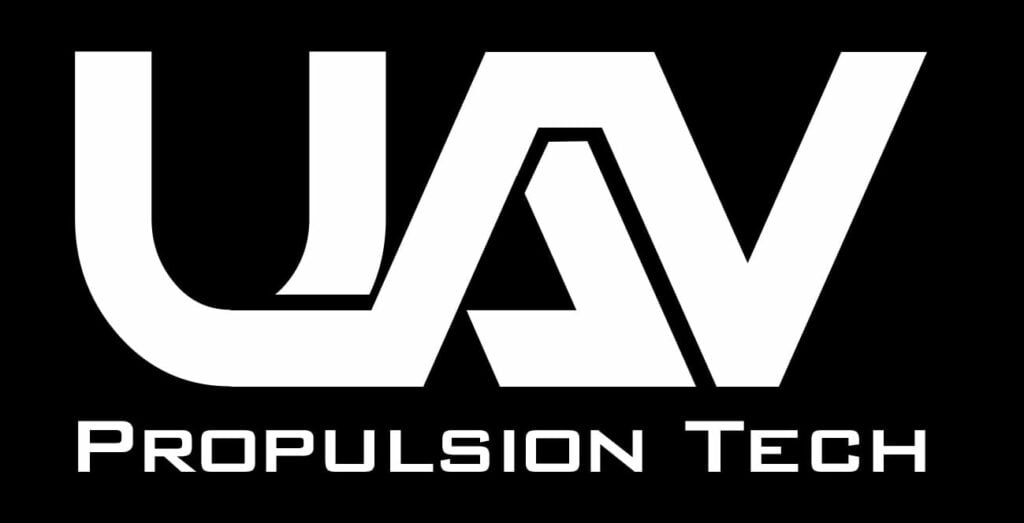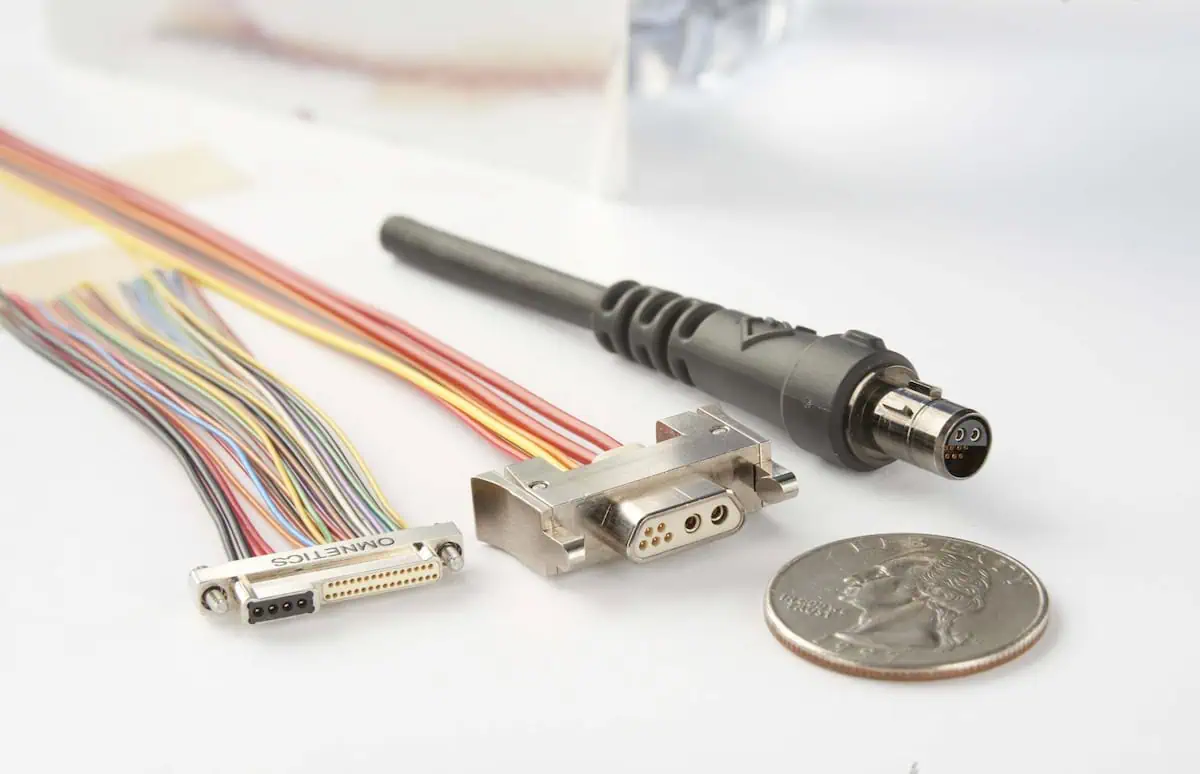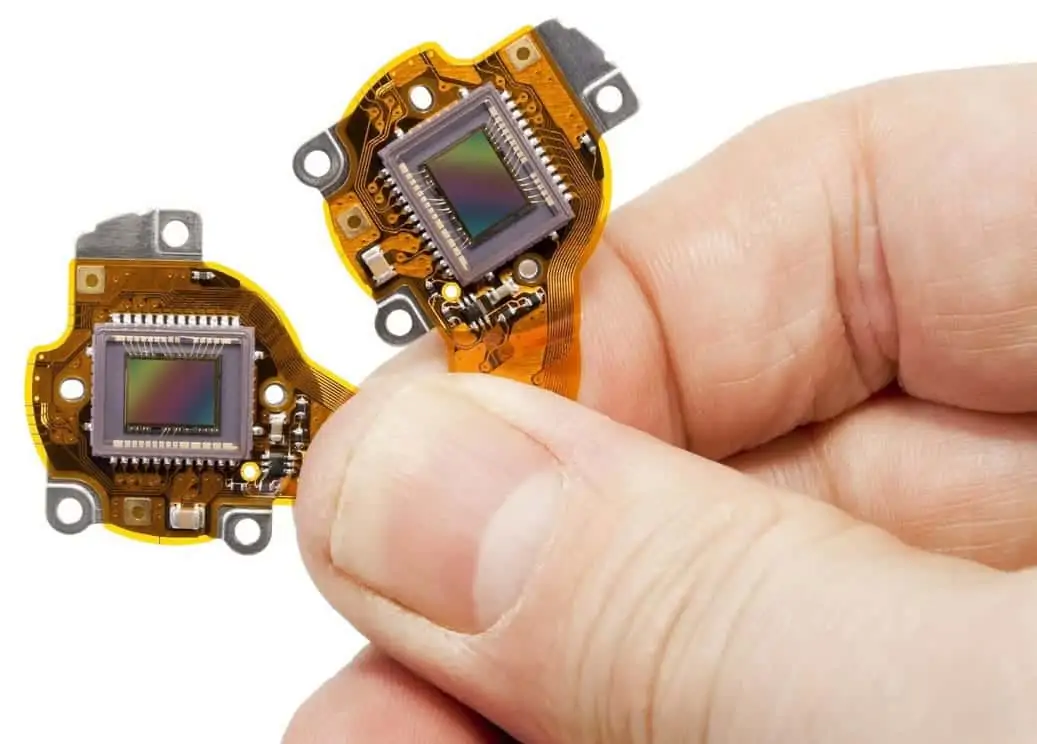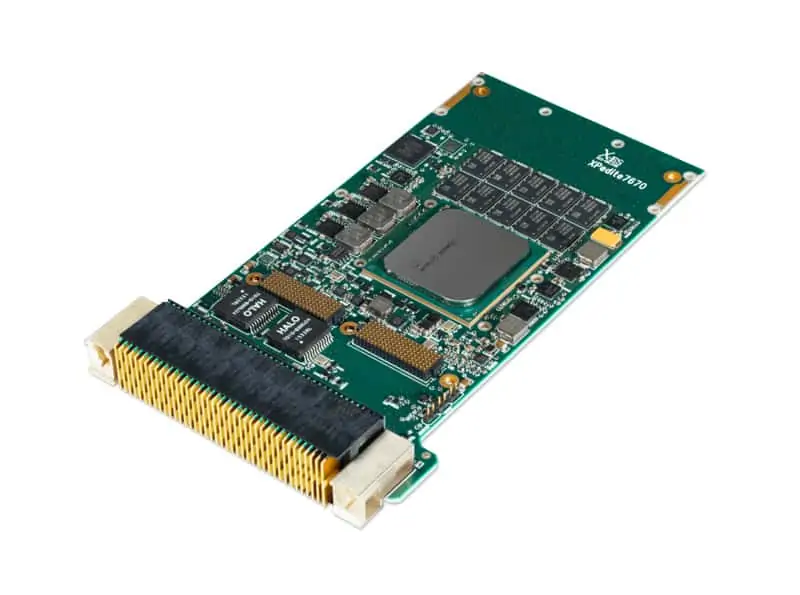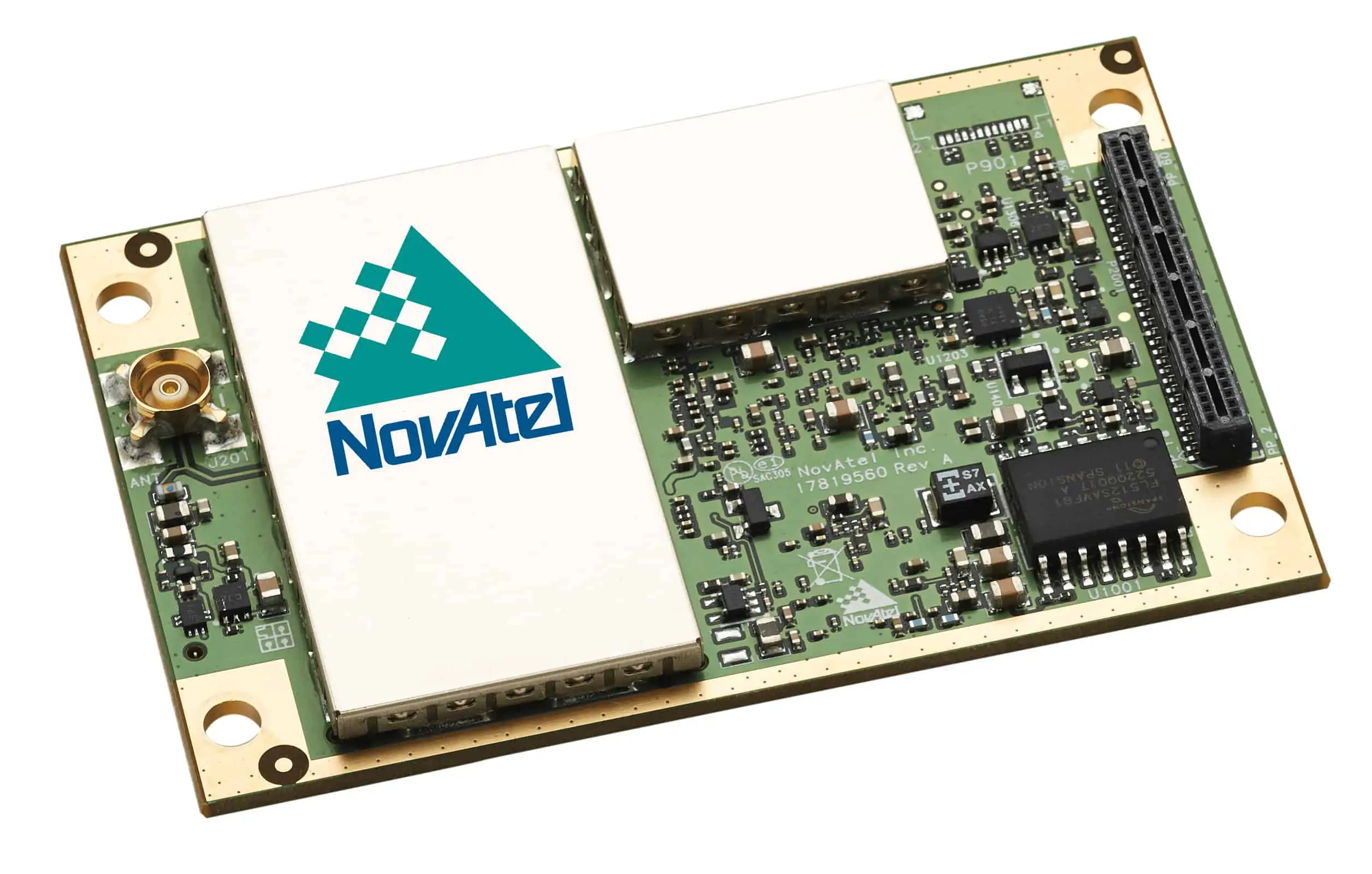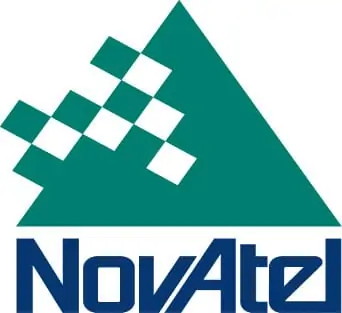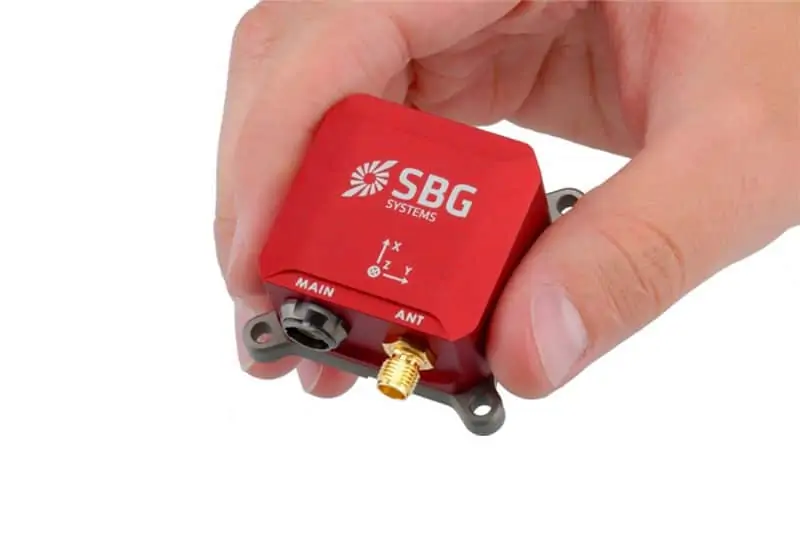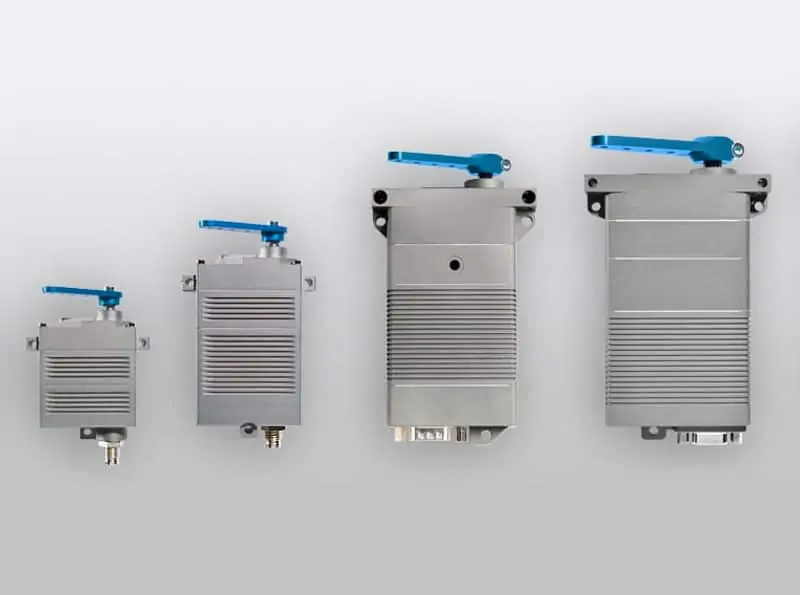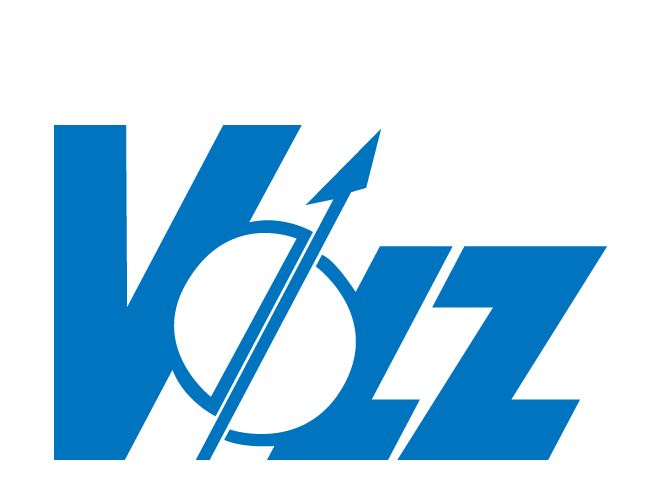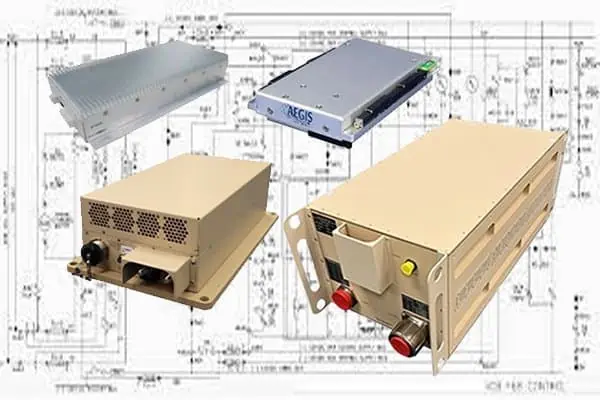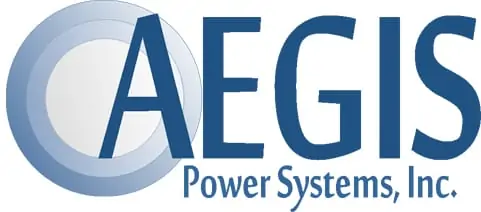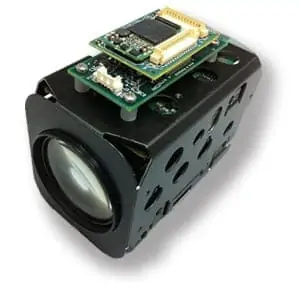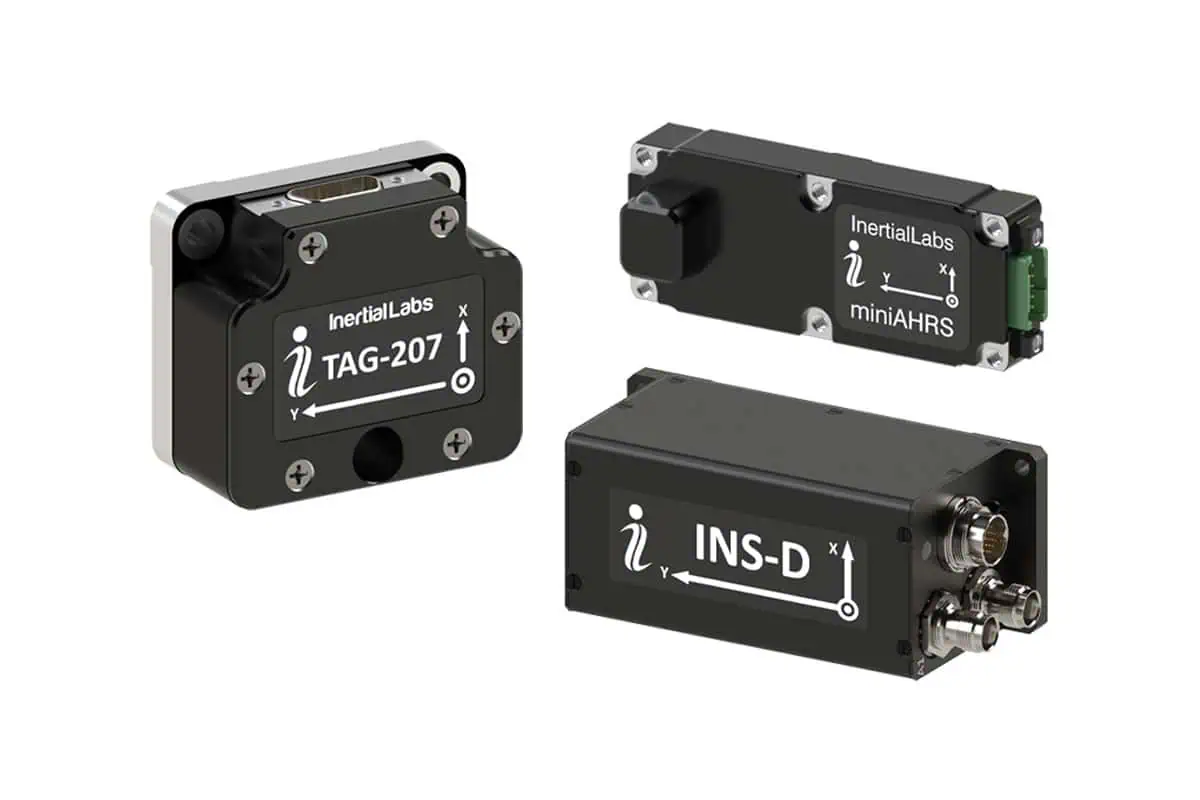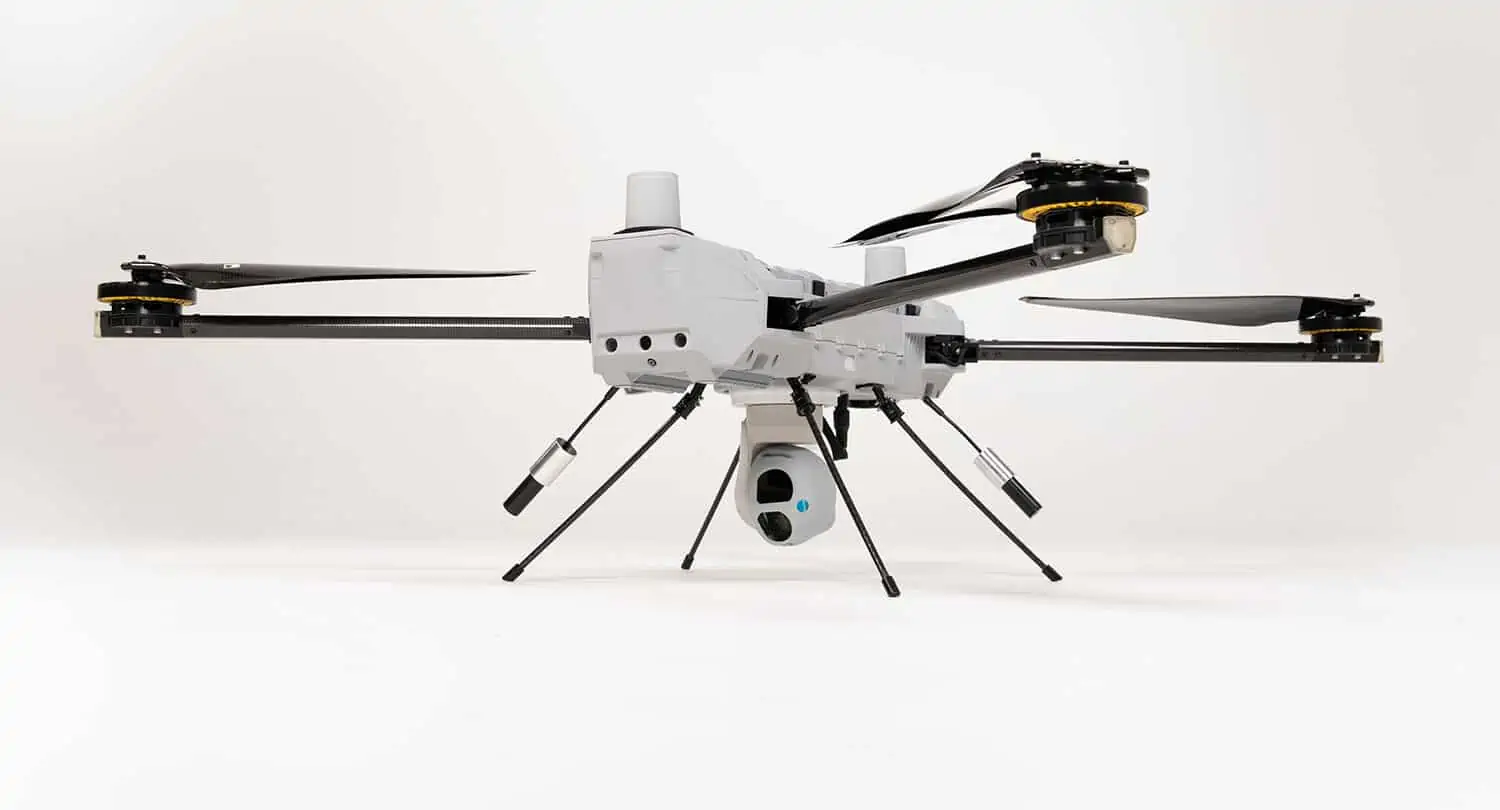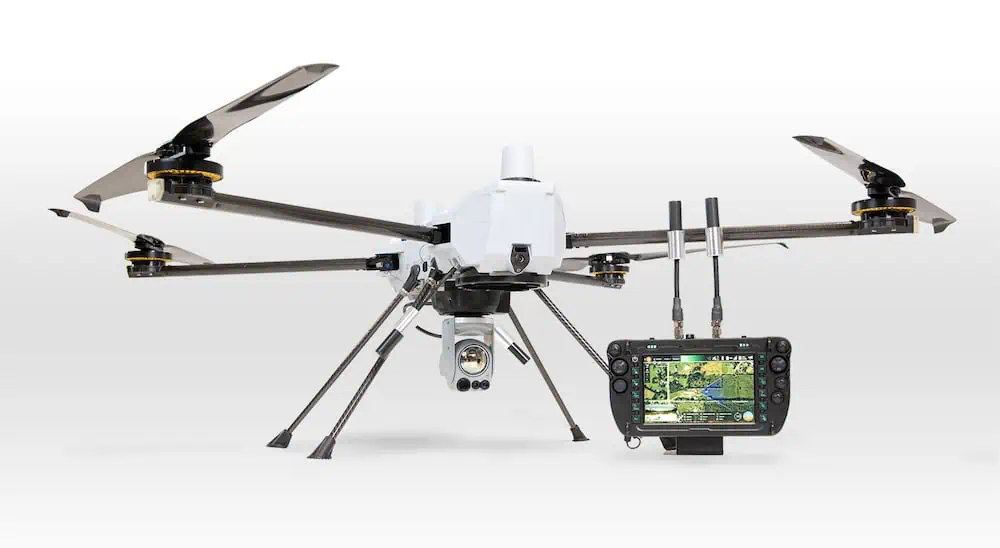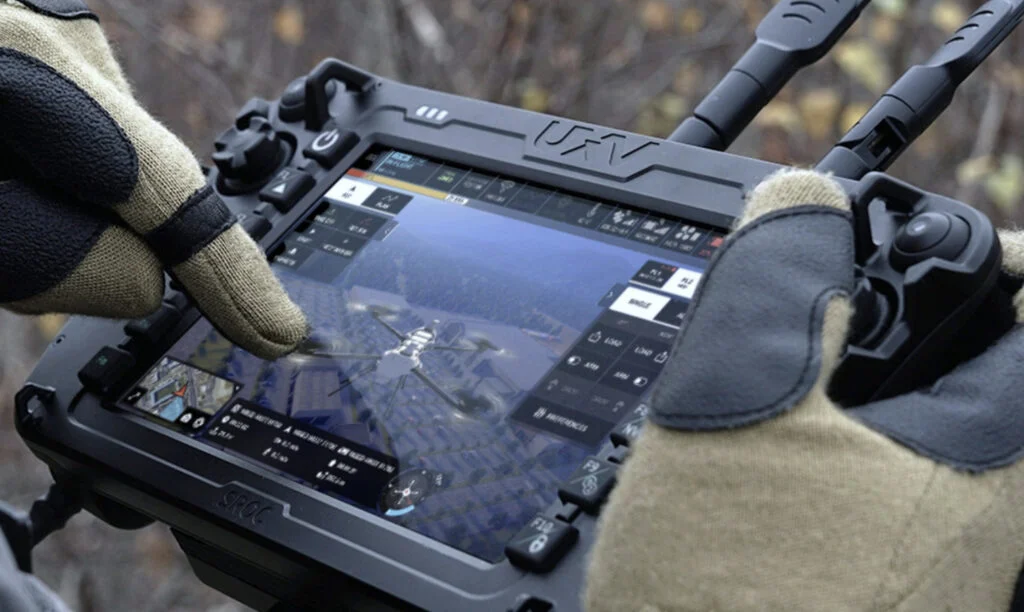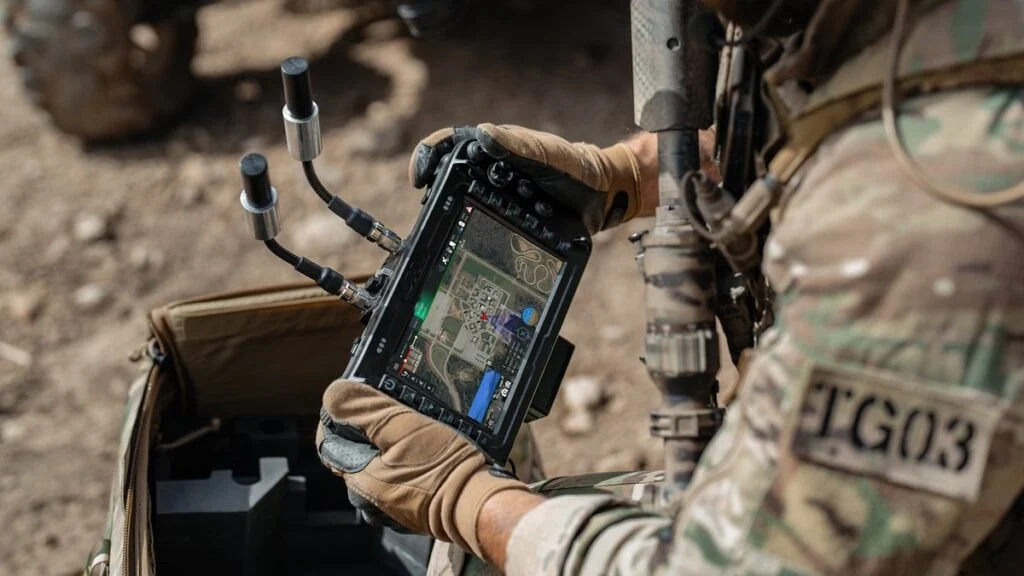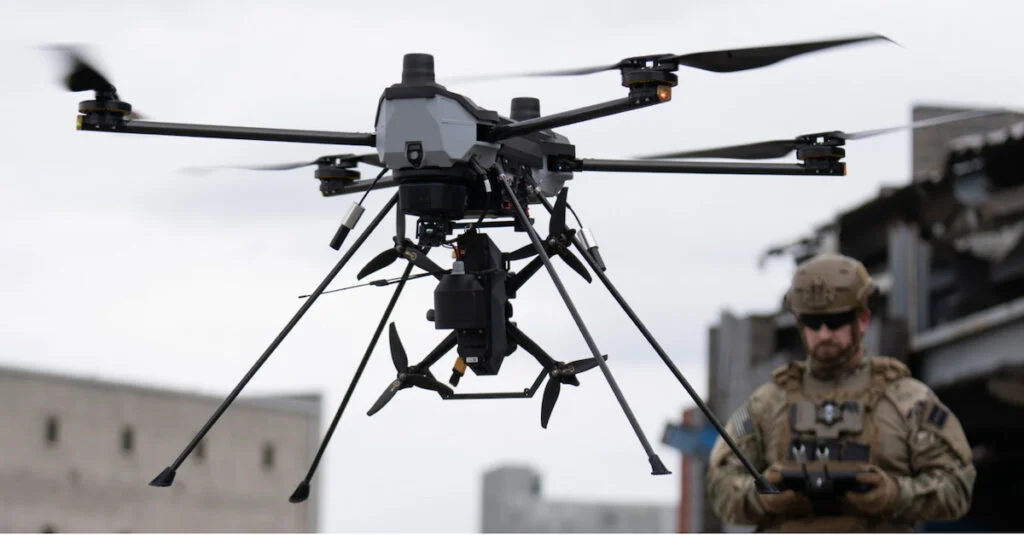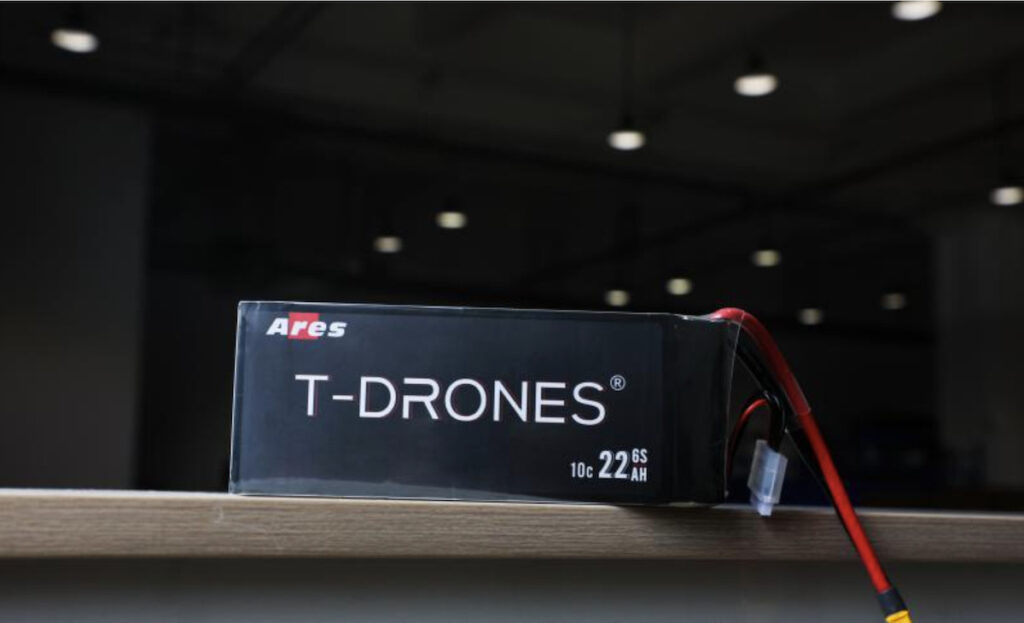
Drones typically use high-rate lithium batteries, such as T-DRONES‘ Ares Li-ion battery, known for its high energy density, lightweight design, and excellent current resistance.
The battery system powers the drones’ motors, enabling the drone to take off, and its performance directly influences flight time, speed, and stability. As a result, the demand for high-quality drone batteries continues to rise.
To achieve optimal flight time and performance, it is crucial to choose the most suitable battery. Refer to the 5 tips below to understand how to choose and get the most out of a battery for drones and unmanned aerial vehicles (UAVs).
1. Size & Weight
The first factor to consider is the battery’s physical dimensions. Ensure the battery fits within the drone’s available space. For maximum flight time, pilots might opt for the largest capacity battery possible, but it’s important to stay within the drone’s maximum takeoff weight limit.
2. Capacity
In general, a higher battery capacity leads to longer flight times. A battery with greater capacity allows the drone to operate for extended periods, making it ideal for accomplishing long-duration tasks.
Thus, when the drone’s size and maximum takeoff weight allow, choosing a battery with the highest capacity will enhance flight efficiency.
3. Voltage
Battery voltage is another key feature, as it influences the power provided to the drone’s motors during flight. Higher voltage typically means a heavier battery. To choose the right voltage, refer to the motor thrust data and compare it with the drone motor’s efficiency.
Ensure the motor can support the specific battery voltage and number. Ideally, select a higher voltage that stays within the motor’s recommended range.
T-DRONES Li-ion drone batteries
4. Discharge Rate (C Rating)
The discharge rate, or C rating, indicates the maximum current the battery can discharge without sustaining damage. Higher C ratings generally correspond to better performance, as they allow the drone motors to deliver maximum power within safe limits. However, using a battery with a higher discharge rate will add weight, which can reduce overall flight time.
Before purchasing a battery, check the drone motor’s specifications to ensure the battery won’t exceed its maximum rated current. Calculate the maximum continuous amp draw using the following formula:
Maximum Continuous Amp Draw = Battery Capacity × Discharge Rate.
5. Connector & Brand
Choosing the right connector for a drone battery can simplify future use and upgrades. A user-friendly connector allows for easy attachment and removal, and ensures compatibility with future drones. Popular connector types such as EC3 and XT60 are widely available on the market and can help streamline drone setup.
The brand of the battery is also an important consideration in the drone industry. It’s advisable to choose a reputable and reliable brand. If you are unfamiliar with the options, seek advice from professionals who can help guide your decision.

